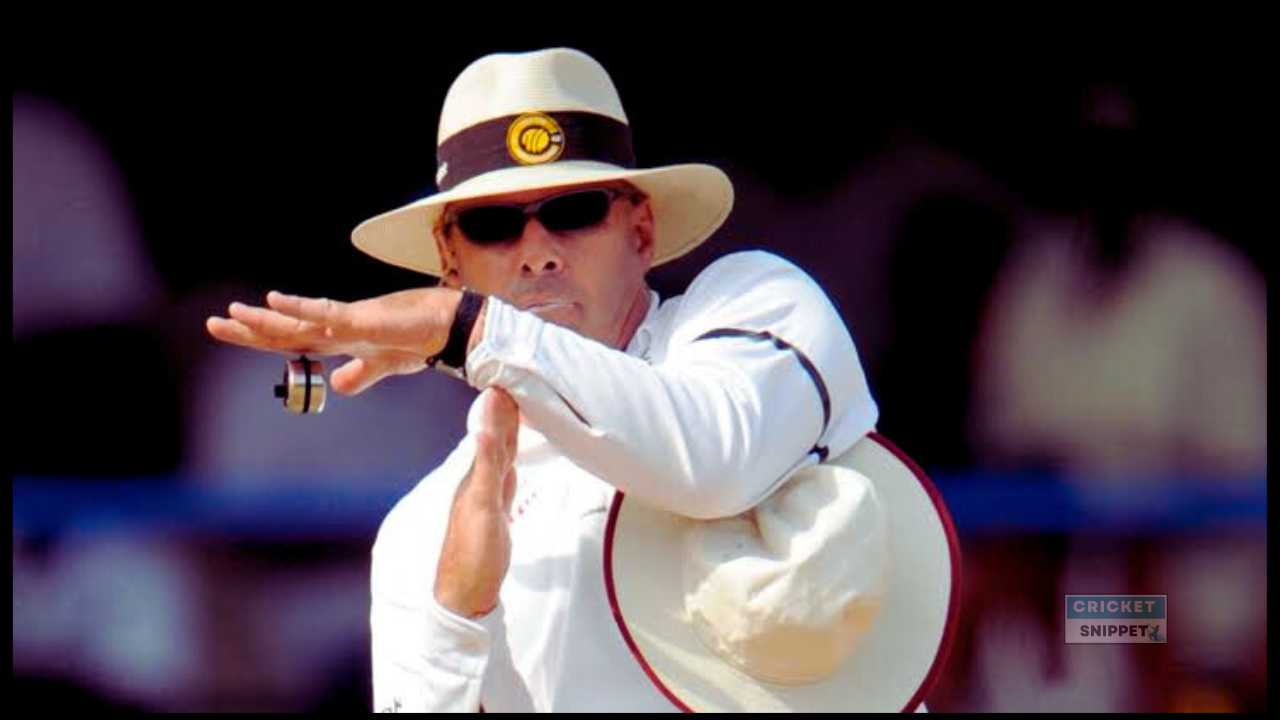[ad_1]
Discover the hidden intricacies of the Decision Review System in Cricket through this comprehensive article. Delve into its nuances, unveiling the technology’s benefits and navigating the controversies that accompany its innovation. From enhancing decision accuracy to stirring debates, this exploration promises a detailed analysis of the system’s impact on the game. Uncover the layers of this innovative technology, gaining insights into how it has reshaped the dynamics of cricket, all within the pages of this enlightening piece.
Introduction
Cricket, a sport rich in tradition, has undergone a significant transformation with the introduction of the Decision Review System (DRS). This detailed article explores the complexities of DRS, uncovering its development, influence, and the debates surrounding its implementation. We take a deep dive into the inner workings of DRS, shedding light on how it has evolved, its effects on the game, and the controversies it has sparked. Get ready for an in-depth exploration that unravels the layers of this innovative system, providing insights into its journey within the realm of cricket.
The Evolution of Decision Review System in cricket
From Controversy to Innovation
Delve into the beginnings of DRS, tracing its origins to the disputes that stained the fair play of cricket. Uncover how technology intervened, catalyzing a transformative change that elevated the integrity of the game to a new level.
LSI Keywords in Cricket Technology
Delve into the intricate technological wonders that form the foundation of the Decision Review System (DRS). Take a closer look at essential LSI (Latent Semantic Indexing) keywords such as “ball-tracking,” “ultra-edge,” and “hawkeye” – the pillars that support this state-of-the-art system. Unravel the complexities of how these advanced technologies work together seamlessly, providing the backbone for the accuracy and efficiency of the DRS.
Decision Review System in Cricket: How It Works
Ball-Tracking Technology
Immerse yourself in the core of DRS as we unravel the mysteries behind ball-tracking technology. Grasp the intricacies of how exact calculations and algorithms work in harmony to guarantee precise decisions, transforming instances of doubt into moments of absolute clarity.
Ultra-Edge: The Umpire’s Silent Assistant
Investigate the function of Ultra-Edge, the quiet arbiter seamlessly integrated with DRS. Understand its capacity to identify subtle edges, offering vital insights crucial for decision-making in the game.
Hawkeye’s Precision
Explore the intricacy of Hawkeye technology, the virtual eye dissecting ball trajectories. Uncover how it revolutionizes decision-making, introducing a fresh perspective to comprehend the movement of the ball.
How do teams decide on using the Decision Review System (DRS)?
The team’s captain in the field or the batsman dismissed by the on-field umpire can request a DRS by displaying a ‘T’ sign with their hands. Teams now have a 15-second window to opt for DRS after the on-field umpire makes a decision.
How many DRS challenges are available to a team in Test cricket and ODIs?
Originally, each team had three unsuccessful DRS challenges, but this was reduced to two per inning in Test cricket and one per inning in ODIs and T20Is. Successfully overturned decisions allow teams to retain a DRS challenge for later use. Challenges unused in the first innings of a Test do not carry over to the second innings.
The Impact of Decision Review System in cricket
Umpire Decision Reversals
Witness the transformative impact of DRS on umpire decisions. Analyze statistics showcasing the frequency and success rates of decision reversals, highlighting the system’s effectiveness.
What sets apart a player review from an umpire review?
An umpire review isn’t considered part of the Decision Review System (DRS); on-field umpires use their discretion to consult with the third umpire, especially in cases like inconclusive catches. The choice to utilize or abstain from the Decision Review System falls under the player review.
Controversies Surrounding Decision Review System in Cricket
DRS and Umpire’s Call
Unravel the complexities of the “Umpire’s Call” and the controversies it sparks. Explore the fine line between technology-assisted decision-making and the umpire’s on-field judgment.
Challenges and Criticisms
Address the criticisms leveled against DRS, from concerns about its impact on the flow of the game to debates on the reliability of technology in determining key decisions.
Decision Review System in Cricket: FAQs
Is DRS Used in All Cricket Formats?
Yes, DRS is now a standard feature in international cricket across all formats.
How Accurate is Ball-Tracking Technology?
Ball-tracking technology boasts an impressive accuracy rate of over 95%, making it a reliable tool for decision-making.
Can Players Challenge Umpire Decisions Unlimited Times?
No, each team is limited to a specific number of unsuccessful challenges per inning, preventing misuse of the system.
What Happens if a Team Exhausts Its Challenges?
If a team exhausts its challenges, it cannot contest any further decisions, relying solely on the on-field umpires.
Is DRS Mandatory in All Cricket Matches?
While not mandatory, most international matches feature DRS to ensure fairness and accuracy in decision-making.
Can DRS Be Overruled by On-Field Umpires?
On-field umpires can overrule DRS decisions if they find compelling evidence that contradicts the technology’s assessment.
Conclusion
In conclusion, the Decision Review System in Cricket has ushered in an era of precision and fairness. Despite its share of controversies, DRS stands as a testament to cricket’s commitment to embracing technology for the betterment of the game.
[ad_2]
Source link



